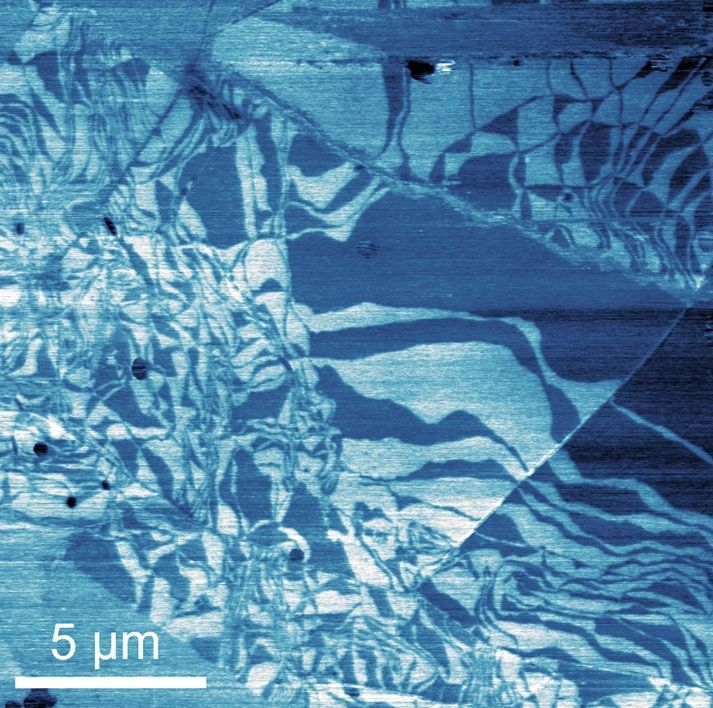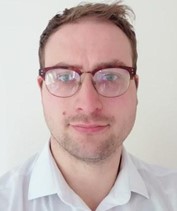Advanced Microscopy Forum on Atomic Force Microscopy | Universidad Autónoma de Querétaro | Querétaro Mexico

Fecha: Mayo 22, 2024
Hora: 09:00 - 17:00 (Hora de México)
Lugar: Auditorio Fernando Díaz Ramírez
Universidad Autónoma de Querétaro
Centro Universitario, Cerro de las Campanas s/n, 76010, Querétaro
Por qué asistir:
- Ponentes de Microscopía Avanzada
- Demostraciones de Microscopía de Fuerza Atómica
- Modos y técnicas en nanomateriales
- Sesiones prácticas
Traiga su muestra.
Contacto: events@parksystems.com

Ferroelectricity is observed in hexagonal boron nitride(hBN) through control of the registry of stacked layers, which we explore through both amplitude-modulated and sideband Kelvin probe force microscopy (KPFM) on the Park FX40 automatic AFM.

A schematic of the formation of parallel stacked bilayer hBN is shown in addition to a contact potential difference map measured using sideband KPFM.

Image caption

Image caption

Image caption

James received his PhD in Physics from the University of Nottingham in 2018, studying the morphology and optical properties of monolayers of self-assembled molecules and their heterostructures. He then went on to work as a postdoctoral researcher, also at the University of Nottingham, working on the formation of hybrid heterostructures of molecular assemblies and layered materials demonstrating both electroluminescence and selective triplet excitation. In 2020, James took up a position as a postdoctoral researcher at the Cambridge Graphene Centre, using scanning probe microscopy and optical spectroscopy to study electrostatics and optical properties of layered materials heterostructures with controlled twist angle and their scalable incorporation into integrated photonic circuits. Since January 2022, James has been a member of the Park Systems team as an applications scientist, supporting customers with interest ranging from fundamental physics to industrial scale production in the application of a diverse range of scanning probe microscopy techniques to gain insightful results.
